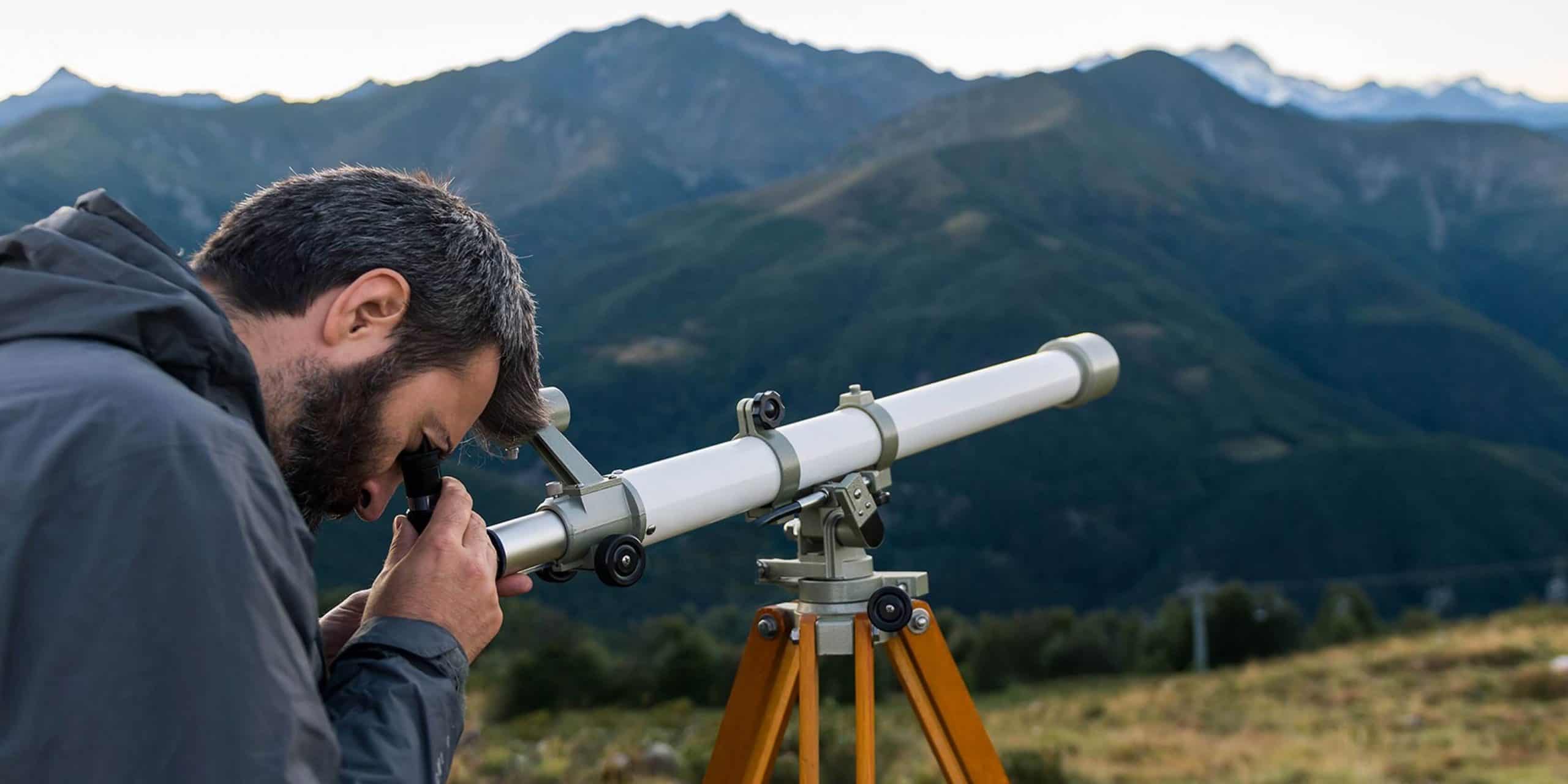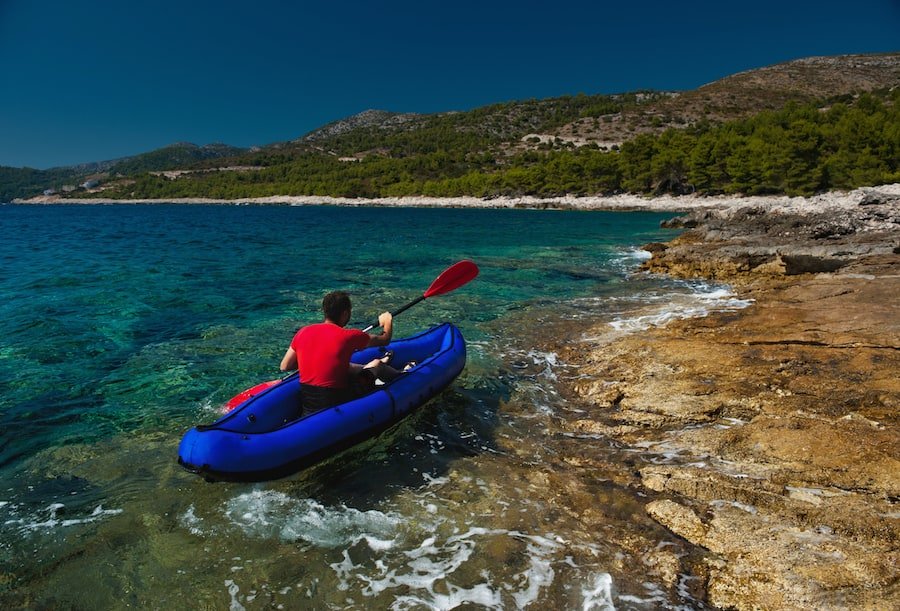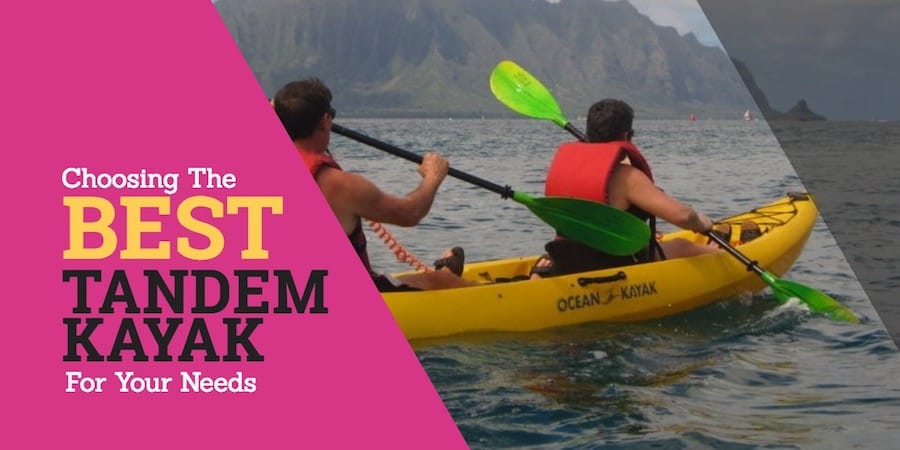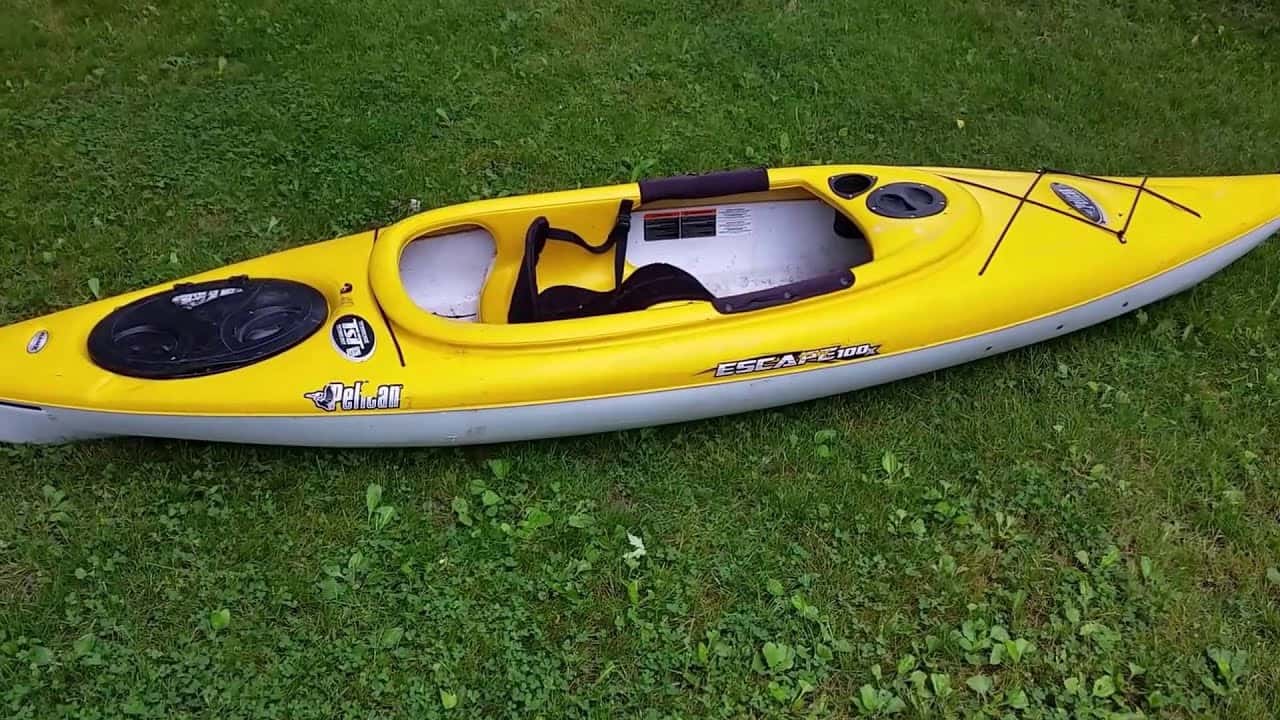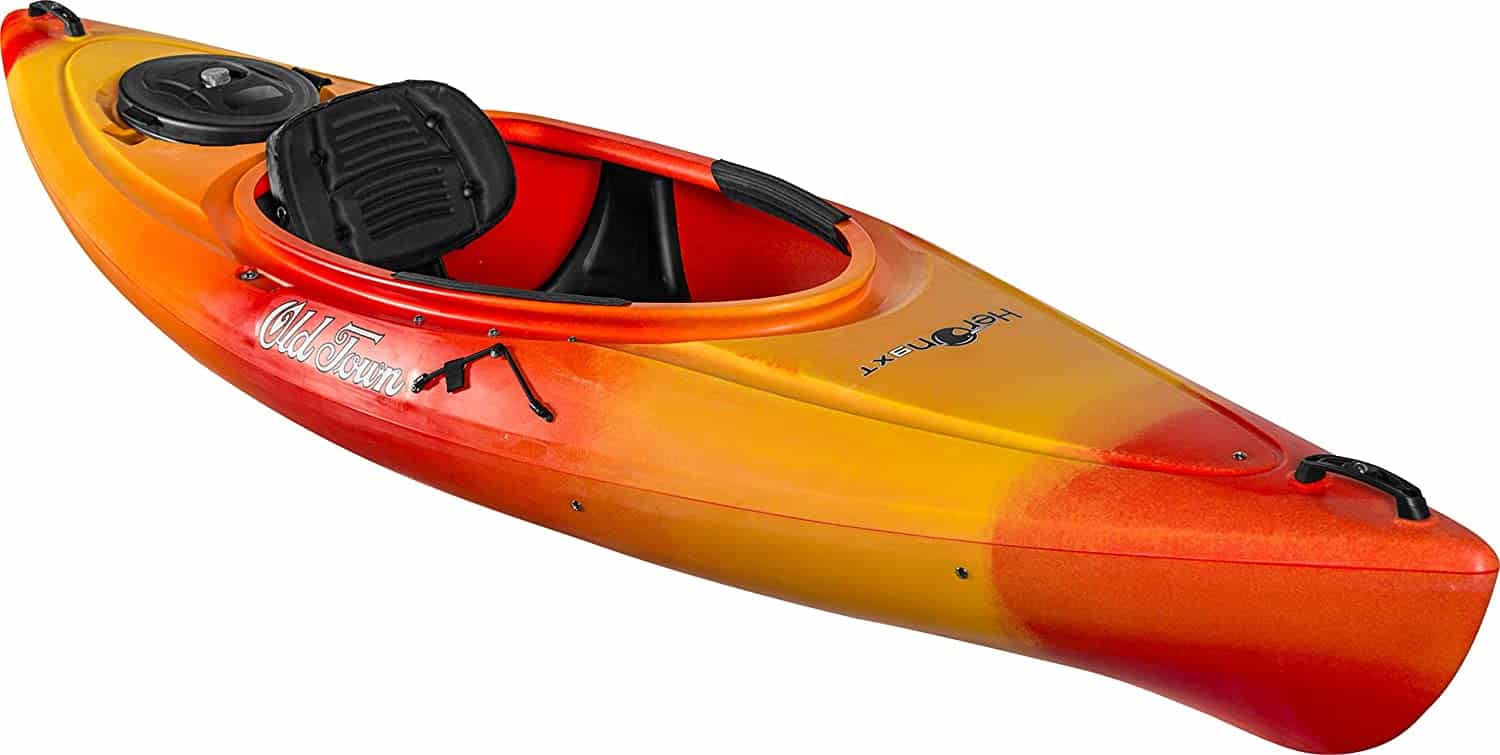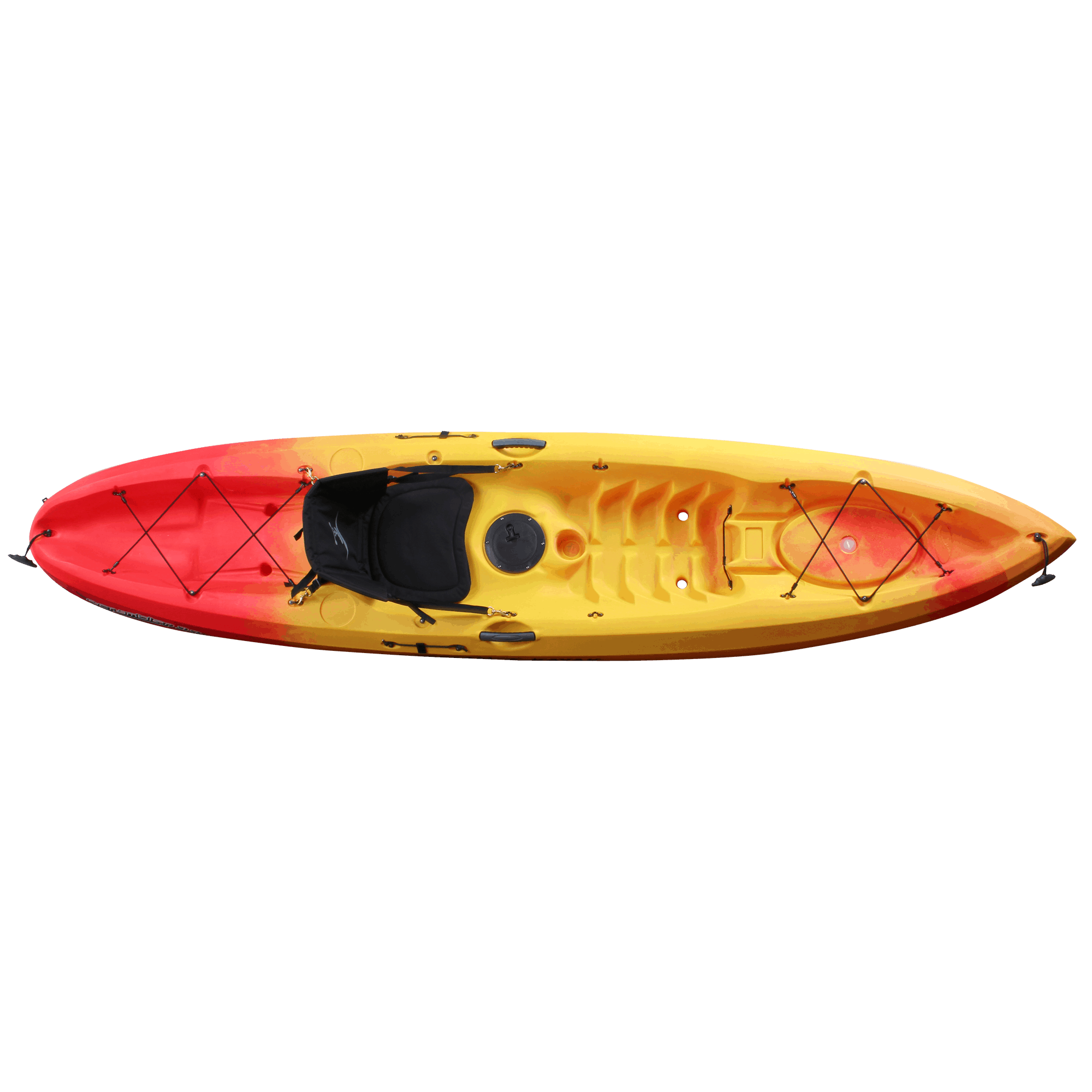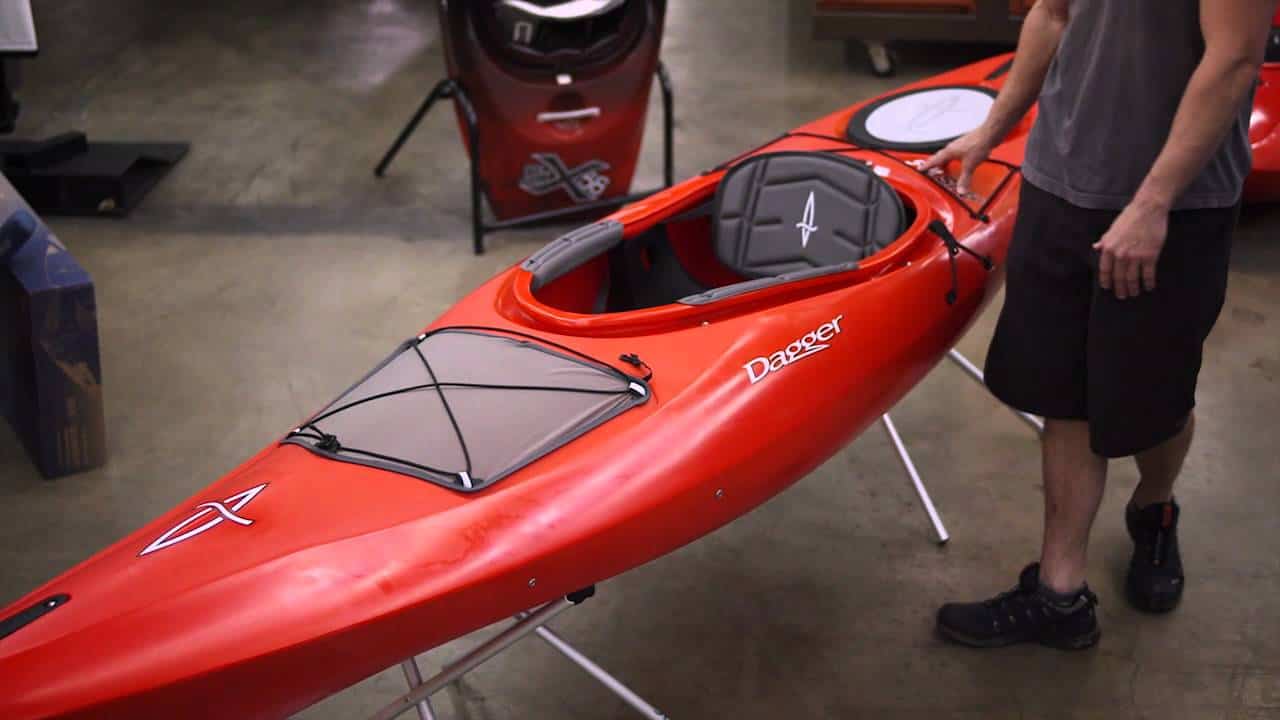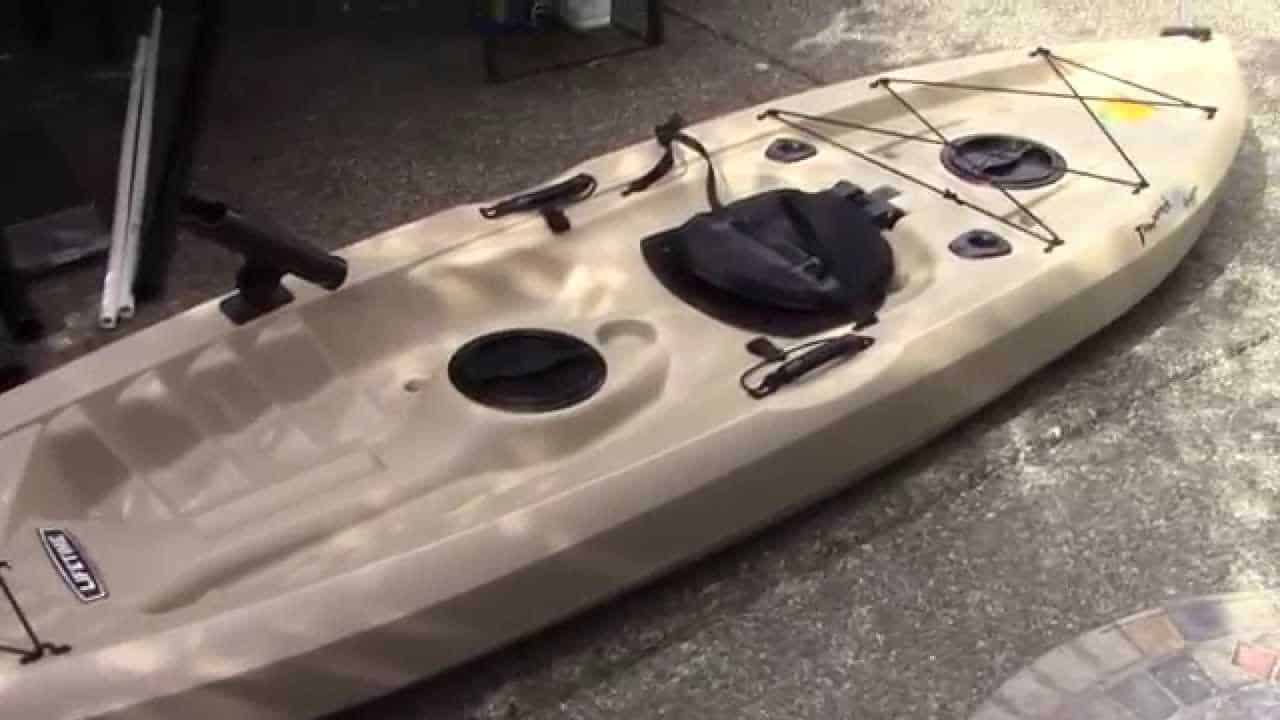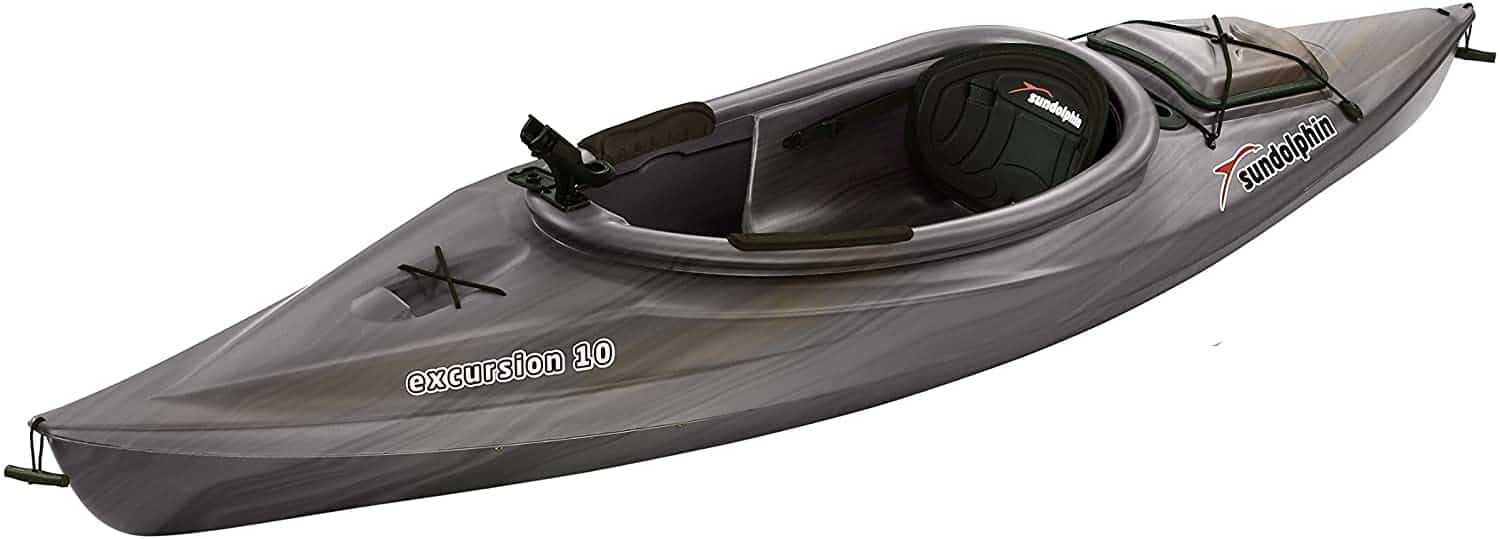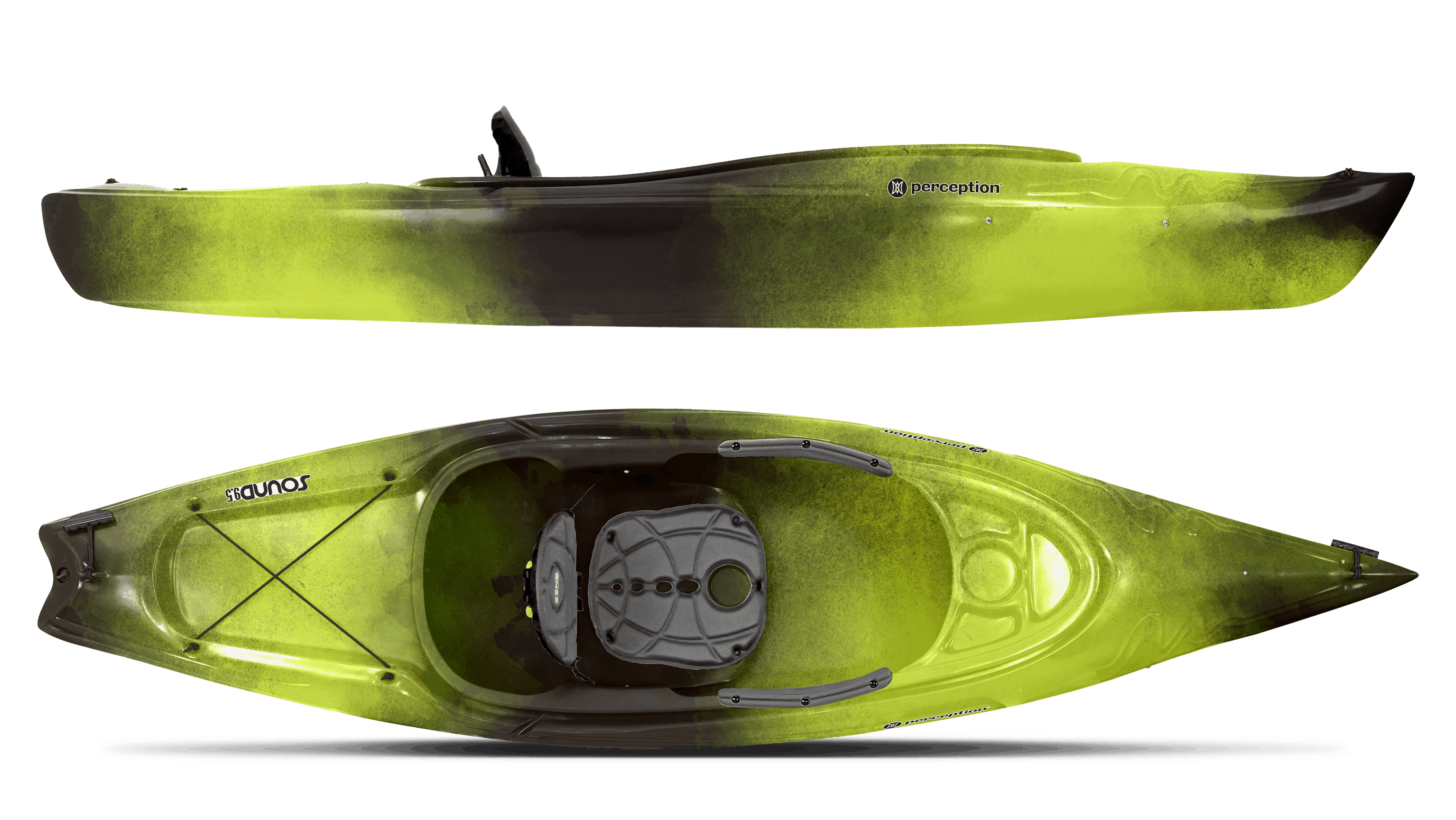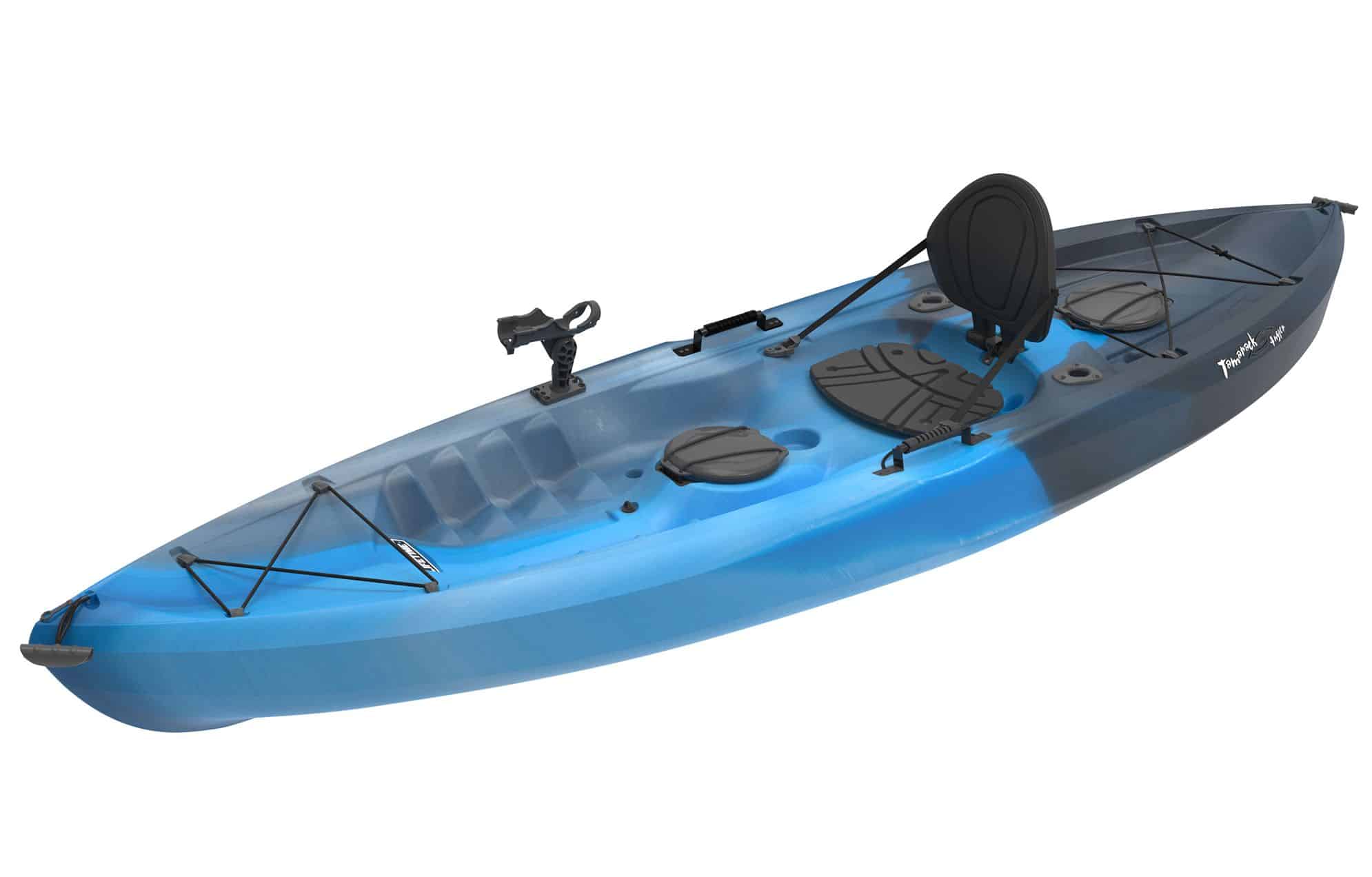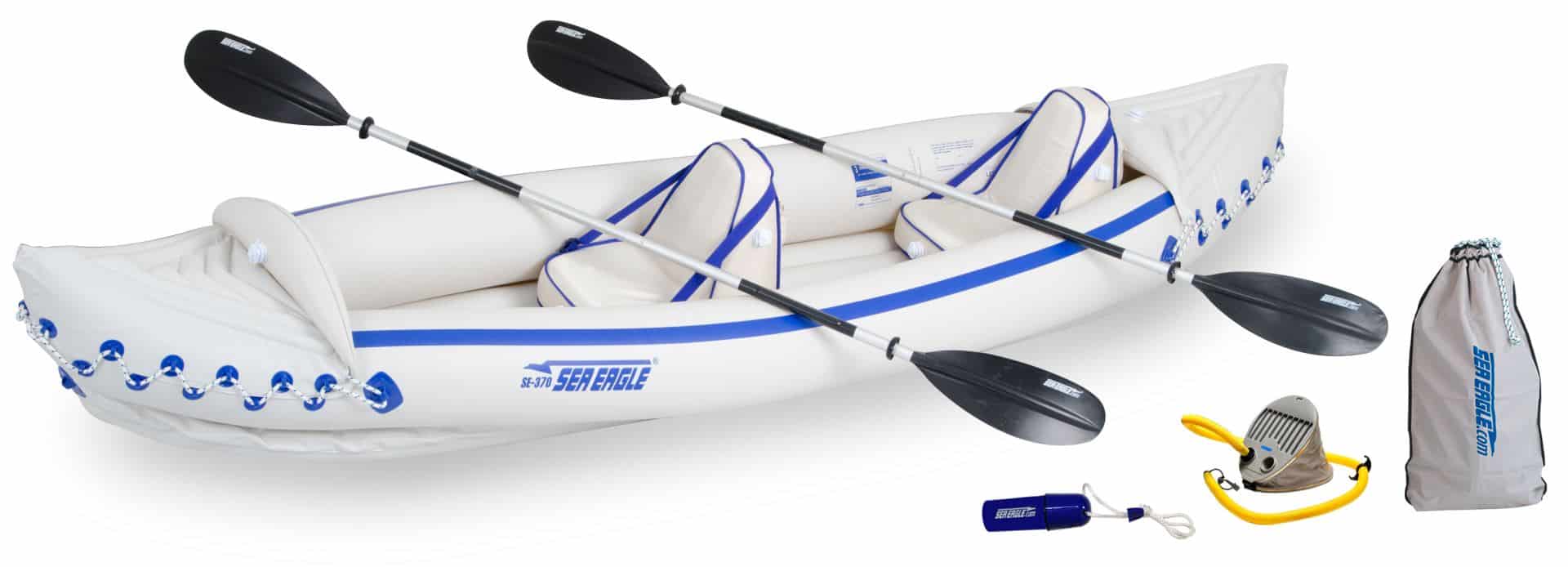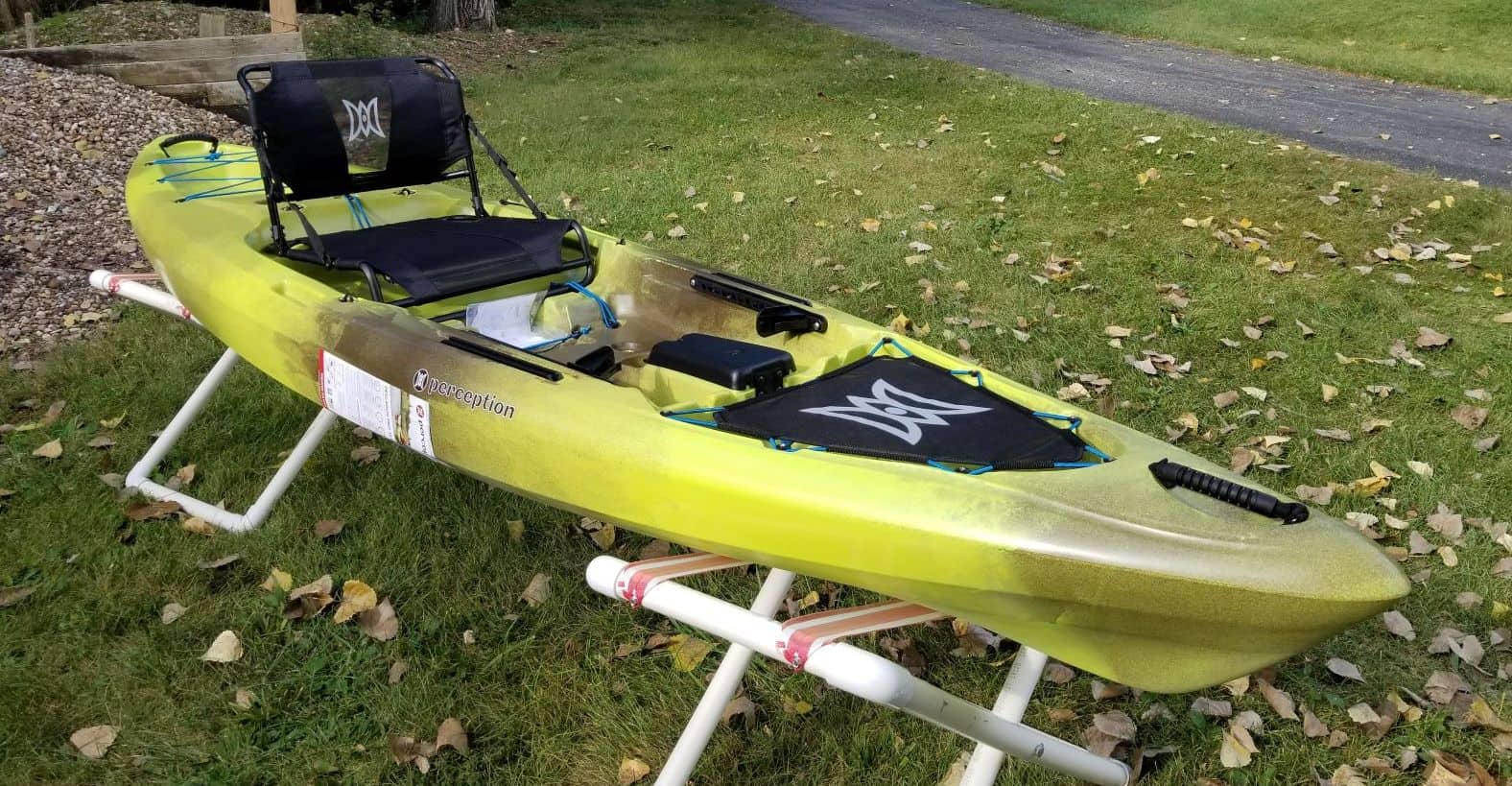What exactly is the difference between canoe vs kayak? The two types of boats may look and work very similarly, but they’re also very different in their own ways. Learn about the best inflatable kayak.
Knowing the differences between canoes and kayaks can help you make a decision about what to buy.
Canoe Vs Kayak: The Key Differences
| Canoe | Kayak | |||
|---|---|---|---|---|
| Paddles | Single-sided | Pros – More power per stroke – More stability in tracking Cons – Often requires more paddling on both sides – Often requires more than one paddler for better power and tracking | Double-sided | Pros – More control – Faster paddling Cons – More skill required |
| Seats | Bench seats | Pros – More comfortable – More legroom – More seating capacity Cons – Paddler may feel unstable in seat since canoe sits higher from the water | Molded seats | Pros – Paddler feels more stable Cons – Not as much legroom – Seating capacity is limited |
| Cockpits | Open | Pros – Open cockpit allows for more gear storage – Entering and exiting an open cockpit is easier Cons – Paddlers have a greater chance of getting wet – Canoes can be waterlogged faster | Closed | Pros – Using skirts, paddlers can stay relatively dry – Allows paddler to use legs as an additional way to control the kayak Cons – Getting in and out can be a difficult process at times – Not as much space to store gear |
While there are a huge number of differences based on the specific type of canoe or kayak you’re using, the two boats share a few common features. However, these shared features also hold their own kayak vs. canoe difference. You can also check out best kayak for beginners.
Paddles
- Canoe paddlers use a single-sided paddle. These paddles are used on either side of the vessel, and paddlers may have to switch back-and-forth to keep their boat straight. Since canoes sit higher than kayaks, these paddles also tend to be longer.
- In kayaks, paddlers use a double-sided paddle. This allows the kayaker to paddle faster and make adjustments much easier than canoes. These boats sit lower in the water, and the paddles reflect that by being shorter, as well. Read about the best tents when camping and kayaking.
Seats
- In canoes, paddlers usually sit on a seat that looks like a bench. This keeps the riders off the floor of the canoe and out of any water there. While most canoes feature two rows, some can feature up to three or four.
- Kayakers sit on a molded seat built directly into their kayaks with their legs stretched out in front of them. This position allows paddlers to use minimal movements for finer control on the water.
Cockpit
- Canoes don’t feature a dedicated cockpit. Instead, they offer an open style with high sides that keep the rider sitting higher in the water.
- Kayaks feature a closed cockpit. This prevents water from flooding the boat and gives the kayaker a secure position for rough conditions like whitewater rapids.
Types of Canoes You Can Buy
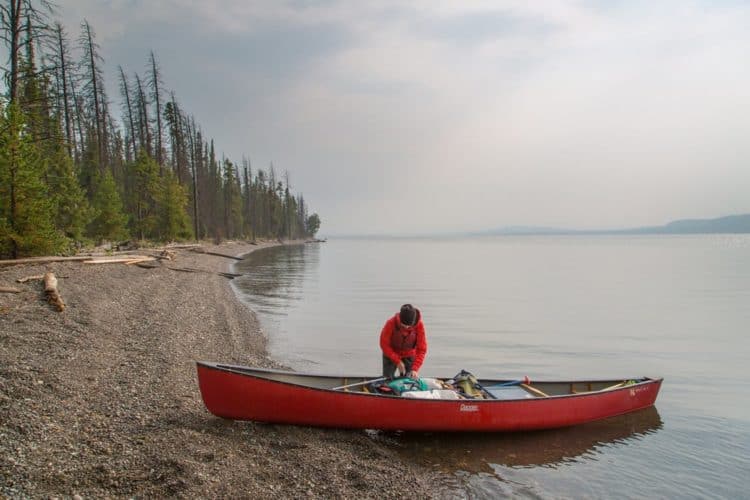
For the most part, there isn’t a large variation between different types of canoes. However, if you’re looking for a specialized type, there are more options. The main types of canoes include the following:
Recreational Canoes
- These the most popular type of canoes. They are used best on slow-moving rivers or calm lakes, and they can sit up to three riders at a time.
- Recreational canoes measure between 13 and 17 feet long, with a wide beam to create more stability for greater control. See also best kayaks for kids.
Racing Canoes
- Racing canoes are made specially so they sit lower in the water than recreational canoes. They’re also much narrower than other types to create more speed in the water.
- Instead of sitting in racing canoes, racers—either solo or duo—half kneel, half sit in them for better paddling and speed.
Whitewater Canoes
- Whitewater canoes are another type of specialized boat that are made specifically for whitewater rafting. They’re shorter than recreational canoes to give the paddler greater control in the rapids.
- They’re less stable on the water, and they often feature flotation devices in both the front and the back of the canoe. These flotation devices help keep water out of the canoe during rafting.
Types of Kayaks
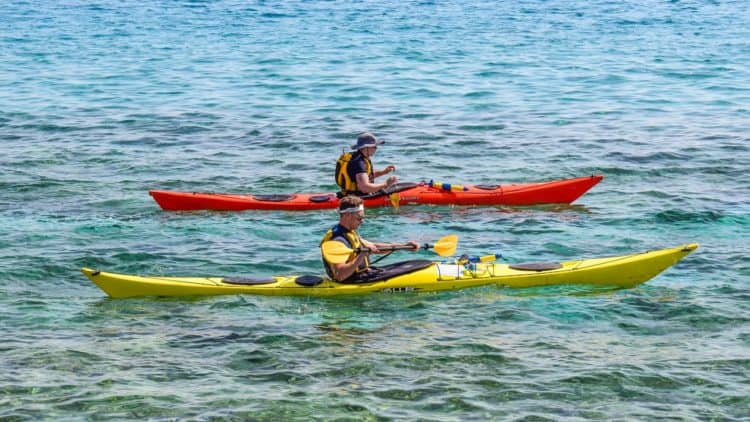
Kayaks offer a much greater variety of different types than canoes. For this reason, points for versatility in kayaking vs canoeing goes to the kayak side..
Each type of kayak serves a specific function. The main types of this boat include the following:
Recreational Kayaks
- Recreational kayaks are the most popular type among consumers. They typically measure anywhere between 9 and 12 feet long, and they perform best on calm waters.
- For the most part, recreational kayaks are the most stable of the bunch and they typically offer a good amount of onboard storage for gear.
Inflatable Kayaks
- Inflatable kayaks are cheaper than traditional hardshell kayaks, but they still offer just as much versatility. They’re also made out of super-durable materials like PVC so you won’t have to worry about punctures.
- These vessels are much more portable than their hardshell counterparts. As such, they make great choices for people with less space. Also, read about the best tandem kayak.
Sit-on-top Kayaks
- Sit-on-top kayaks don’t have a traditional cockpit like you would see on other types of canoes. Instead, the paddler sits on top of the boat, and not inside a cockpit.
- These kayaks tend to be very stable in the water, making them great choices for families and beginners.
Whitewater Kayaks
- Whitewater kayaks are made for the most extreme kayakers. These are shorter boats—measuring in at 8 or 9 feet—and give the paddler greater control on the rapids.
- They’re also made with a tighter cockpit that secures you in the kayak so you don’t fall out when you hit tougher rapids.
Touring Kayaks
- Touring kayaks are longer and slimmer than other kinds with the purpose of creating greater speeds. Most touring kayaks measure between 12 and 18 feet long.
- Some touring kayaks also feature rudders, called skegs, to help with steering. Since theses boats are made to travel far, they also include storage compartments for gear.
Racing Kayaks
- Racing kayaks are low, long, and slim, the combination of which creates a much faster speed. They can be paddled by single or multiple riders. Read more in our camping and hiking gear section. Our outdoor gear section is also helpful.
Related Articles:

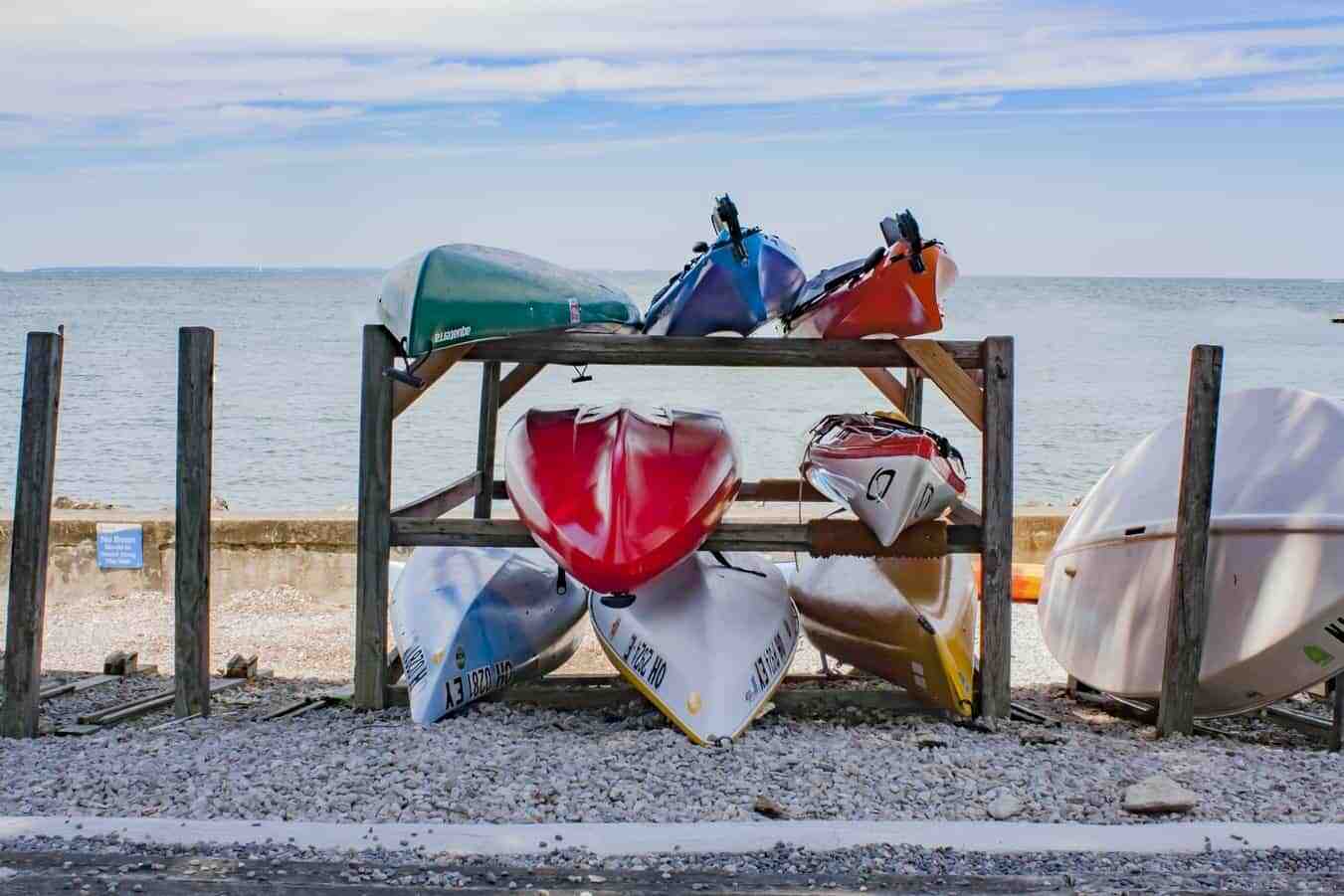













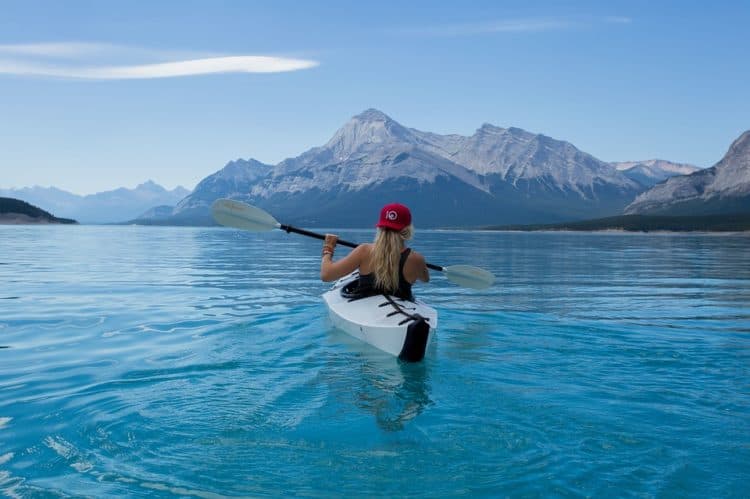
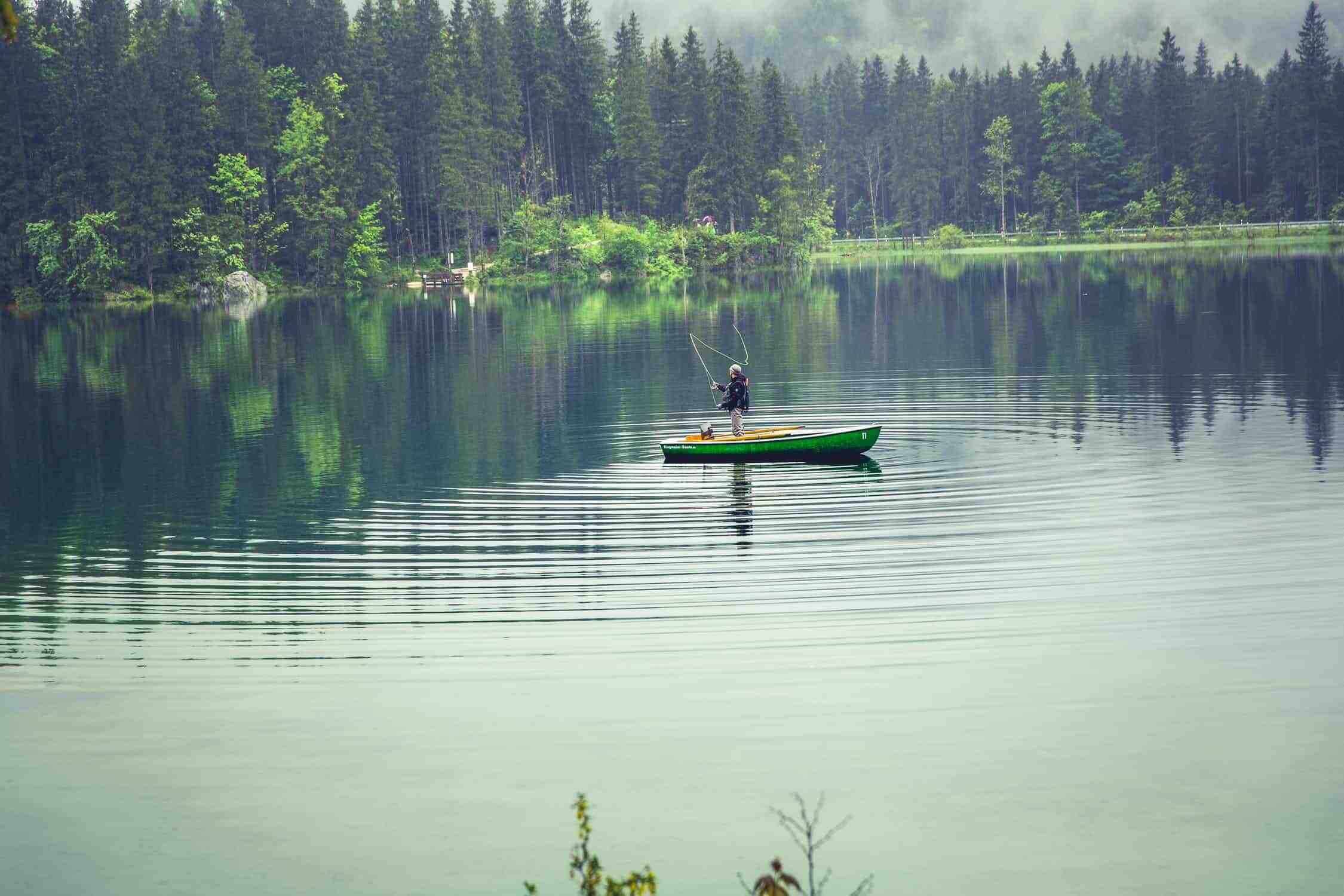
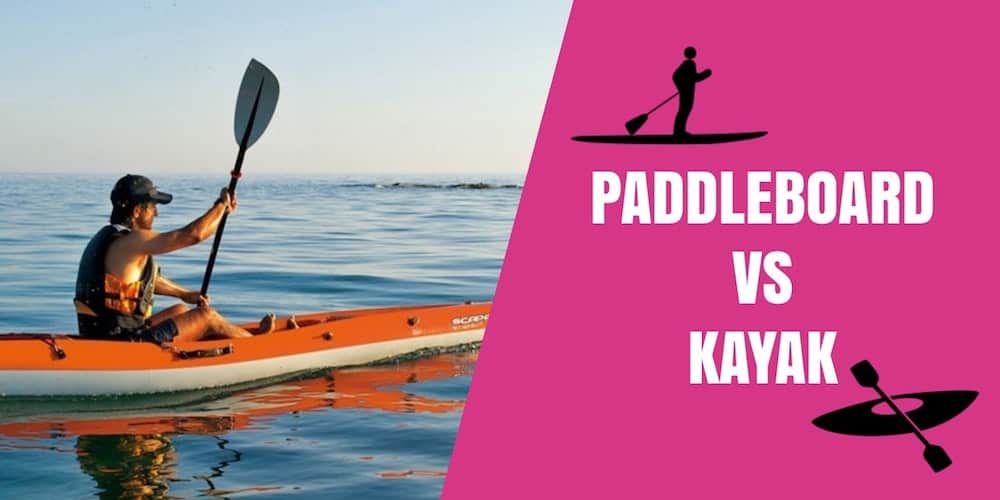
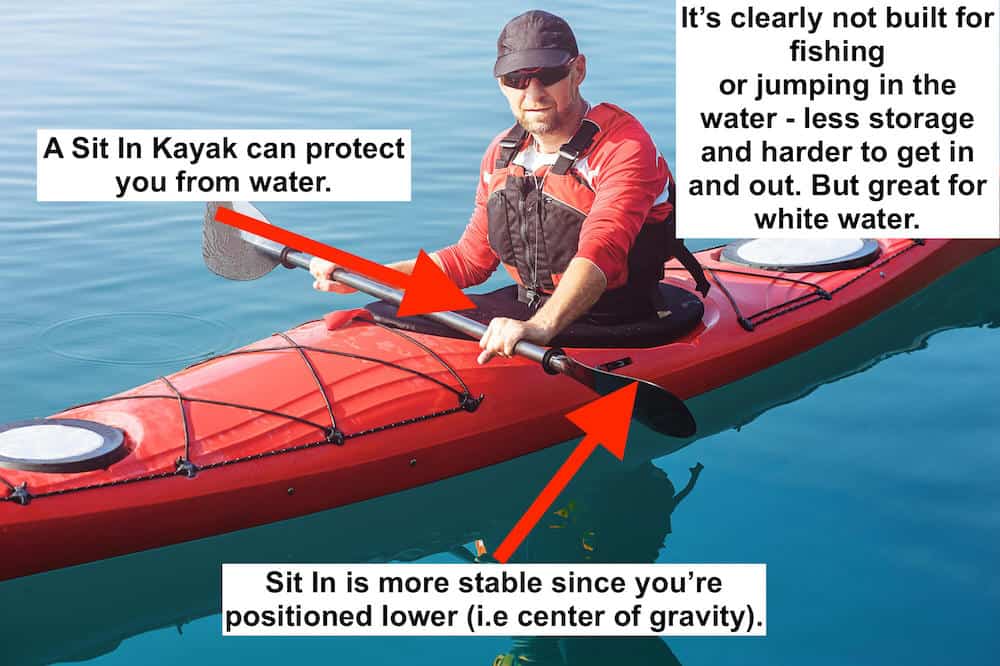
![Best Kayak in [year] ([month] Reviews) 14 Best Kayak in 2025 (December Reviews)](https://www.gadgetreview.dev/wp-content/uploads/best-kayak-image.jpg)
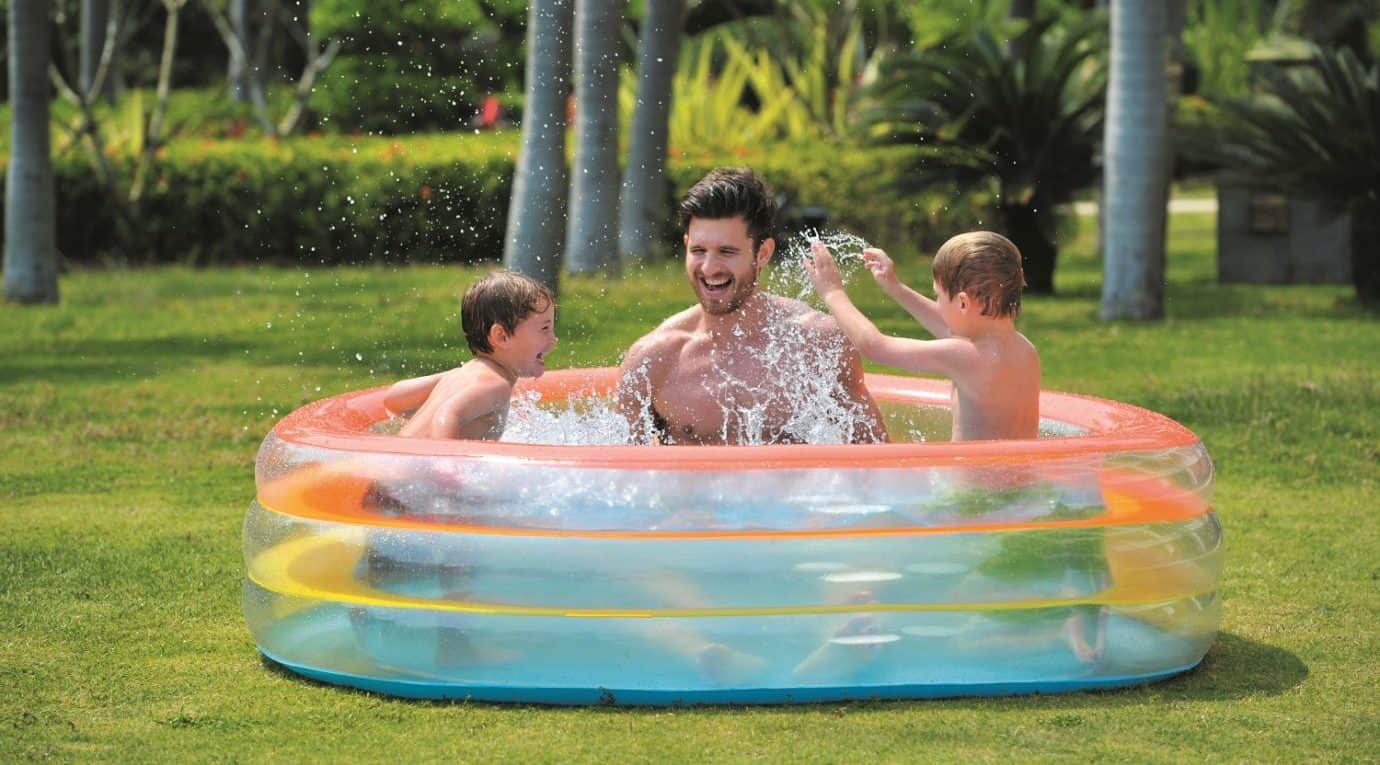
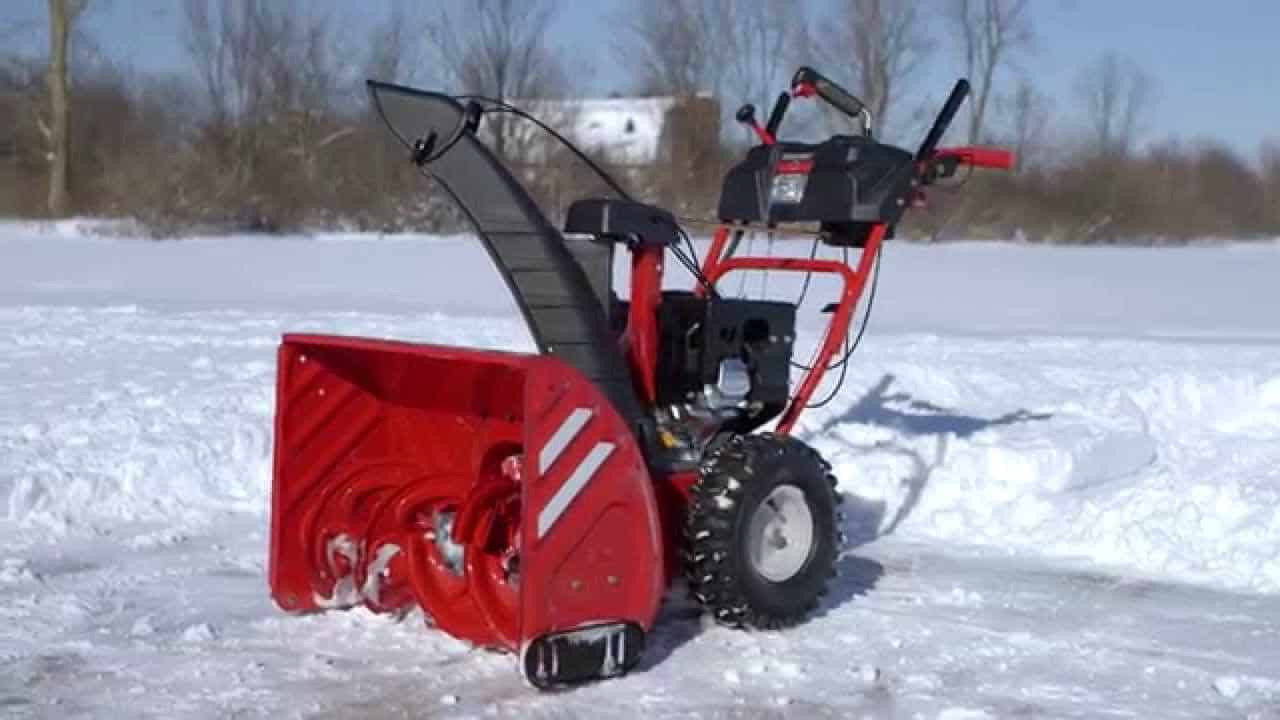
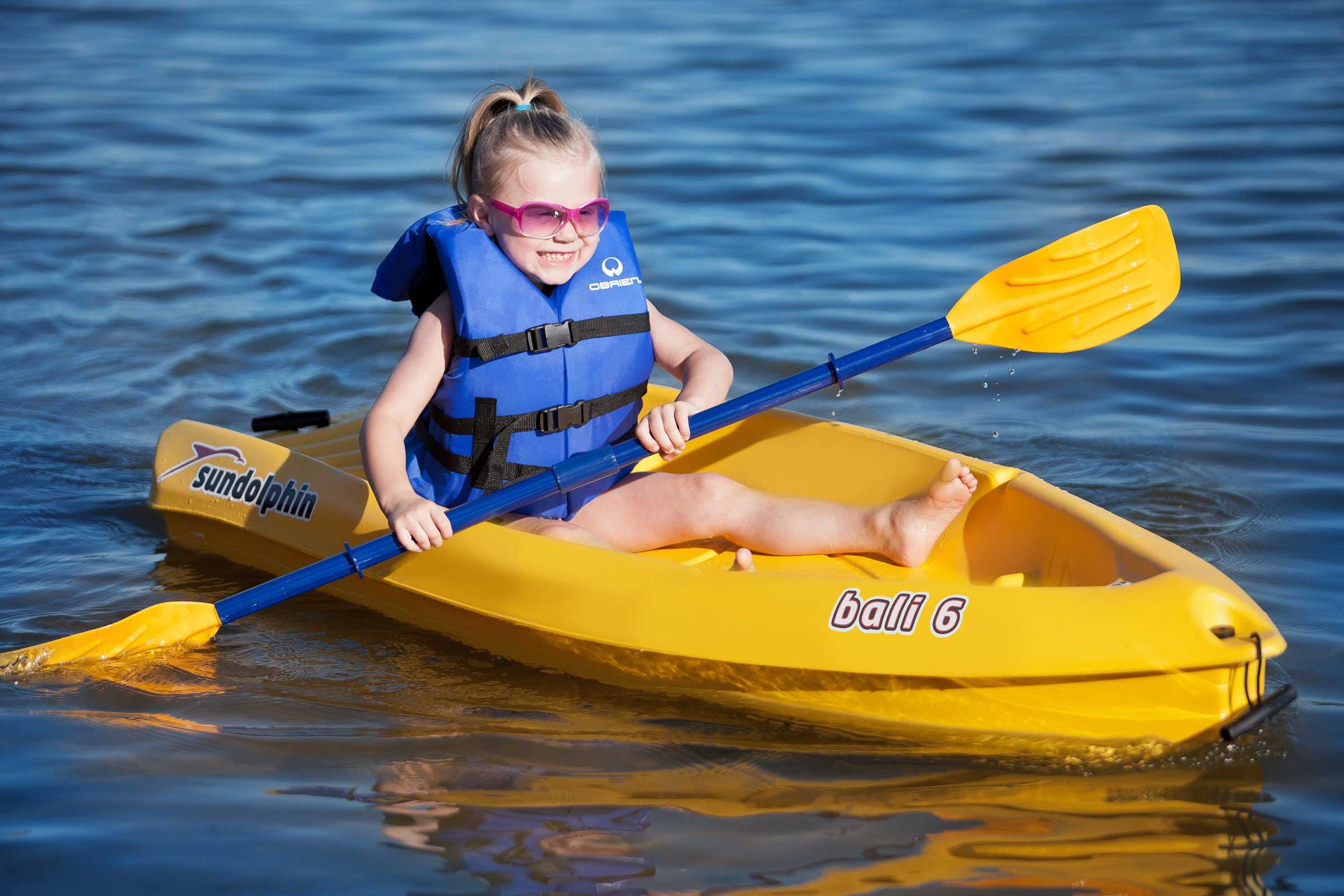
![7 Best Walkie Talkies to Stay in Contact in [year] 18 7 Best Walkie Talkies to Stay in Contact in 2025](https://www.gadgetreview.dev/wp-content/uploads/best-walkie-talkies-to-stay-in-contact.jpg)
![Best Kayak for Beginners in [year] 19 Best Kayak for Beginners in 2025](https://www.gadgetreview.dev/wp-content/uploads/Youth-Kayak-1.jpg)
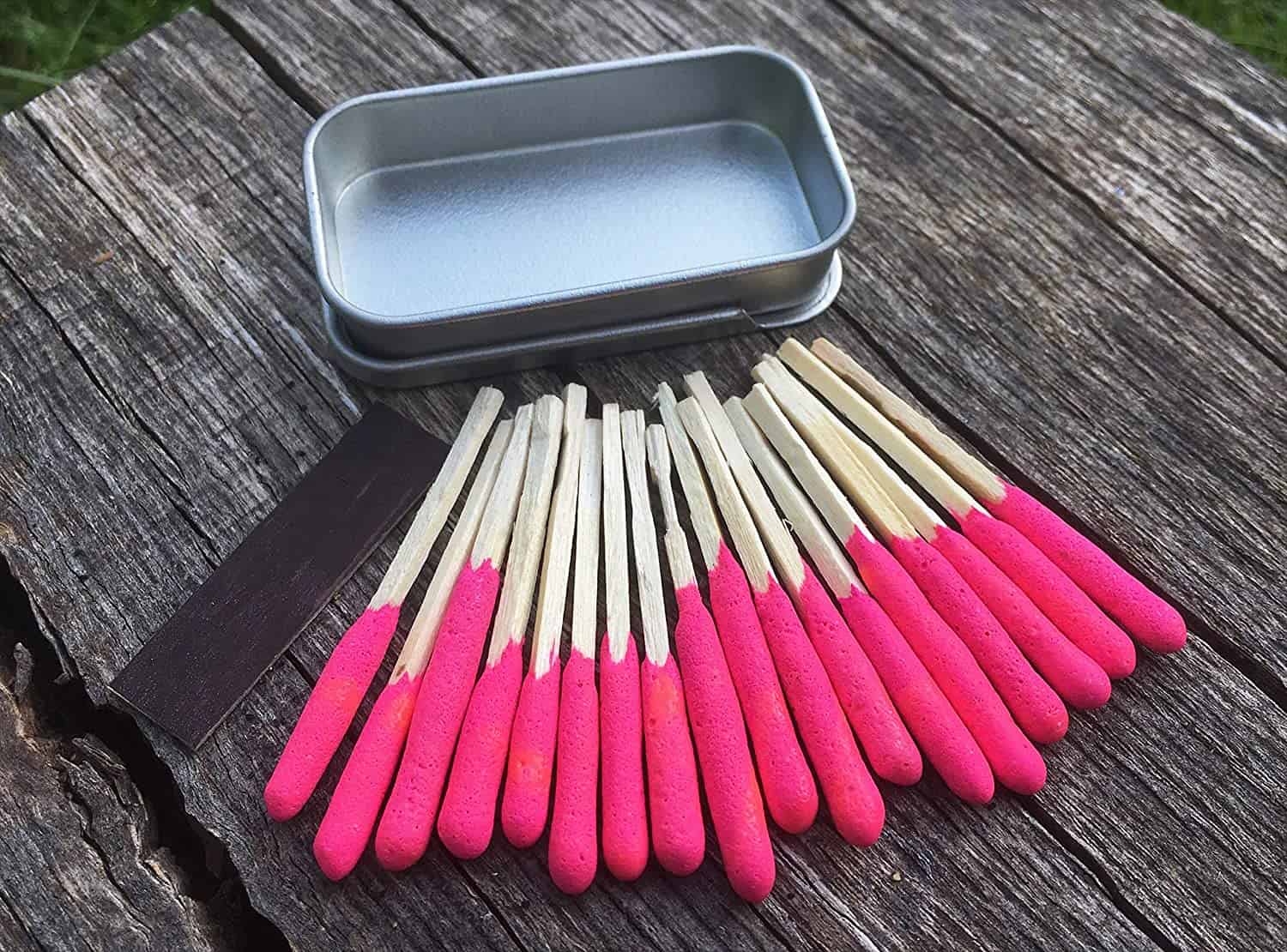
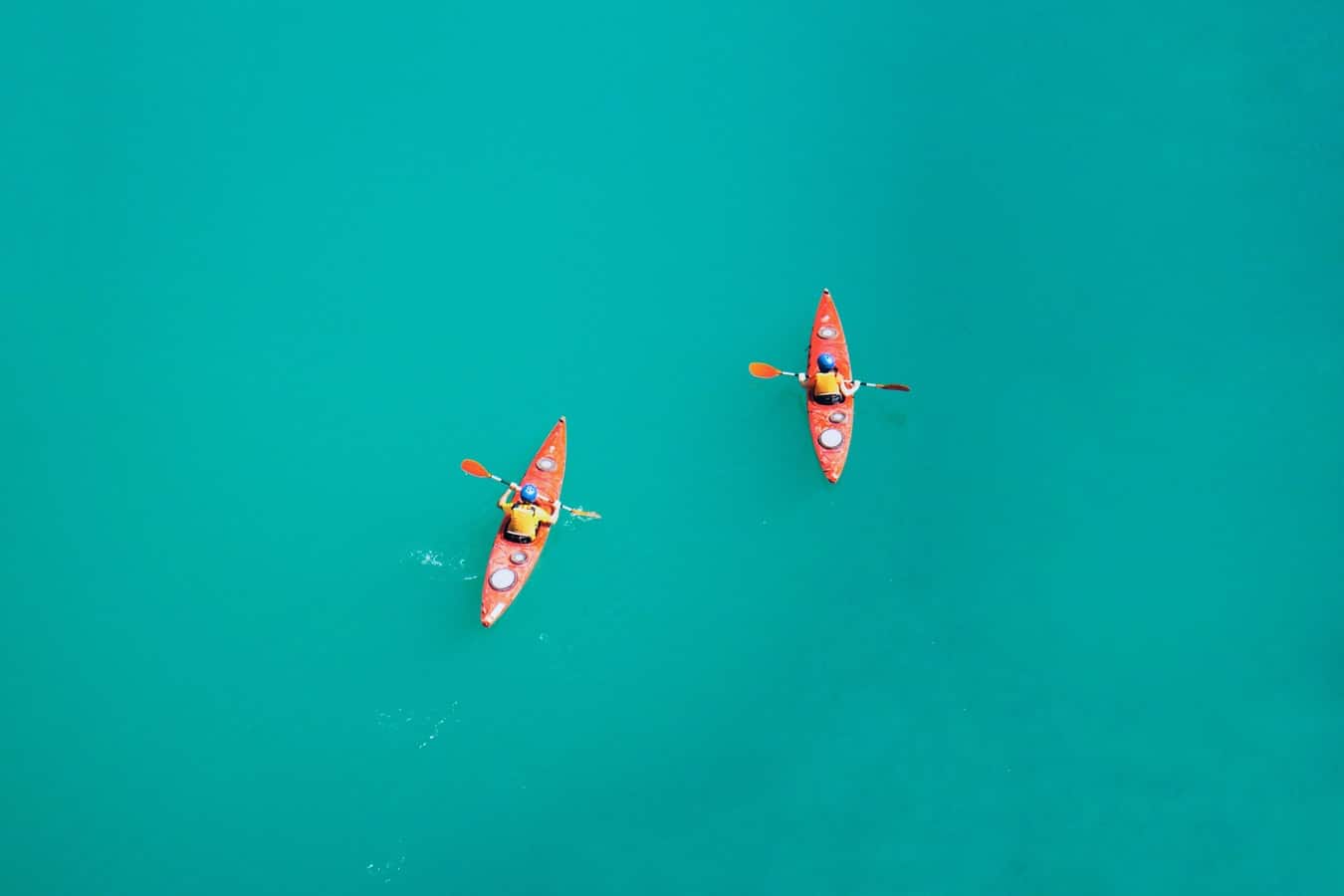
![7 Best Carabiner in [year] 22 7 Best Carabiner in 2025](https://www.gadgetreview.dev/wp-content/uploads/best-carabiners.jpg)
![7 Best Ropes in [year] 23 7 Best Ropes in 2025](https://www.gadgetreview.dev/wp-content/uploads/best-rope.jpg)
